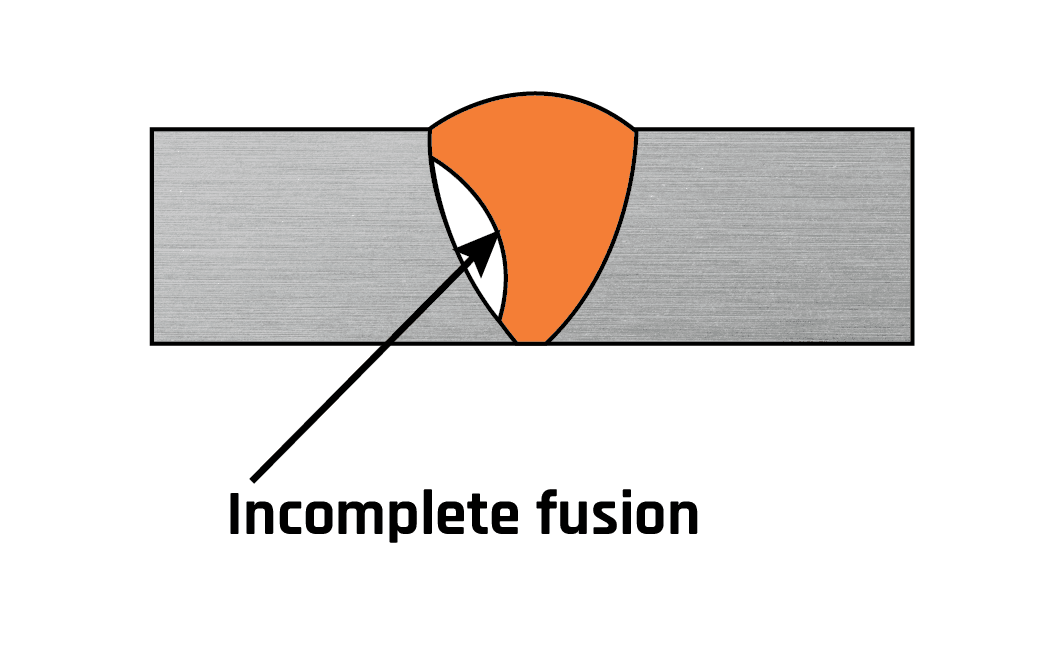Mastering the Art of Welding: Just How to Prevent Undercut Welding Issues for Flawless Construction Results
By comprehending the origin triggers of undercut welding and applying reliable techniques to prevent it, welders can raise their craft to new degrees of excellence. In the search of perfect construction results, mastering the art of welding to stay clear of undercut concerns is not just a skill yet a requirement for those striving for perfection in their work.
Comprehending Undercut Welding

To stop undercut welding, welders must make certain correct welding criteria, such as adjusting the existing, voltage, traveling speed, and keeping the appropriate electrode angle. In addition, utilizing the proper welding method for the specific joint arrangement is necessary. Utilizing weaving activities or backstepping strategies can help guarantee proper weld metal deposition and minimize the possibility of undercut development. Regular inspection of welds during and after the welding process is likewise important to capture any type of undercut early and make required modifications to avoid further defects. Preventing weld undercut. By comprehending the reasons for undercut welding and executing safety nets, welders can achieve top notch, structurally audio welds.
Root Causes Of Undercut in Welding
Comprehending the factors that add to undercut in welding is necessary for welders to produce top notch, structurally sound welds. When the weld metal does not appropriately fill up the groove formed between the base steel and the formerly transferred weld metal, undercutting takes place. Numerous elements can result in undercut in welding. One usual reason is extreme heat input. Welding at high temperature levels for extended durations can cause the base steel thawing greater than wanted, leading to undercut. Inadequate welding present or inaccurate welding rate can likewise add to undercut. Inadequate current may not give sufficient warm to melt the base and filler steels effectively, while excessive speed can stop appropriate blend, triggering undercut. In addition, improper electrode angles or inaccurate torch manipulation strategies can produce locations of low weld steel deposition, advertising undercut. Comprehending these reasons and implementing appropriate welding strategies can aid prevent undercutting concerns, making sure solid and sturdy welds.
Strategies to stop Undercutting

To alleviate the risk of damaging in welding, welders can use tactical welding techniques aimed at boosting the high quality and integrity of the weld joints. Furthermore, making use of the appropriate welding method for the details joint setup, such as weave or stringer grains, can add to lowering undercutting.
Utilizing back-step welding methods and regulating the weld grain profile can likewise assist distribute warm uniformly and reduce the danger of undercut. Routine inspection of the weld joint during and after welding, as well as implementing quality assurance actions, can assist in spotting and attending to damaging problems like this immediately.
Relevance of Proper Welding Specifications
Picking and look these up preserving appropriate welding parameters is crucial for accomplishing effective welds with minimal defects. Welding specifications refer to variables such as voltage, current, take a trip rate, electrode angle, and shielding gas flow price that directly affect the welding process. These specifications should be carefully changed based on the sort of product being welded, its thickness, and the welding technique employed.
Proper welding parameters make sure the right quantity of heat is put on thaw the base metals and filler material consistently. If the parameters are established expensive, it can bring about extreme warmth input, creating distortion, burn-through, or spatter. On the other hand, if the parameters are as well low, insufficient blend, absence of infiltration, or undercutting might happen.
Quality Control in Welding Operations

Conclusion
Finally, mastering the art of welding needs a complete understanding of undercut welding, its reasons, and strategies to stop it. By making certain appropriate welding parameters and executing quality control practices, flawless manufacture results can be attained. It is important for welders to regularly pursue excellence in their welding operations to prevent undercut concerns and produce high-grade welds.
Undercut welding, a typical defect in welding procedures, takes place when the weld metal doesn't effectively load the groove and leaves a groove or depression along the bonded joint.To protect against undercut welding, welders ought to make sure proper welding parameters, such as changing the current, voltage, traveling rate, and maintaining the appropriate electrode angle. Poor welding inaccurate or existing welding rate can likewise contribute to damage.To mitigate the danger of undercutting in welding, welders can use critical welding strategies aimed at boosting the quality and honesty of the weld hop over to here joints.In conclusion, mastering the art of welding needs a detailed understanding of undercut welding, its causes, and methods to prevent it.
Comments on “Best Guide to Preventing Weld Undercut: Tips and Techniques”